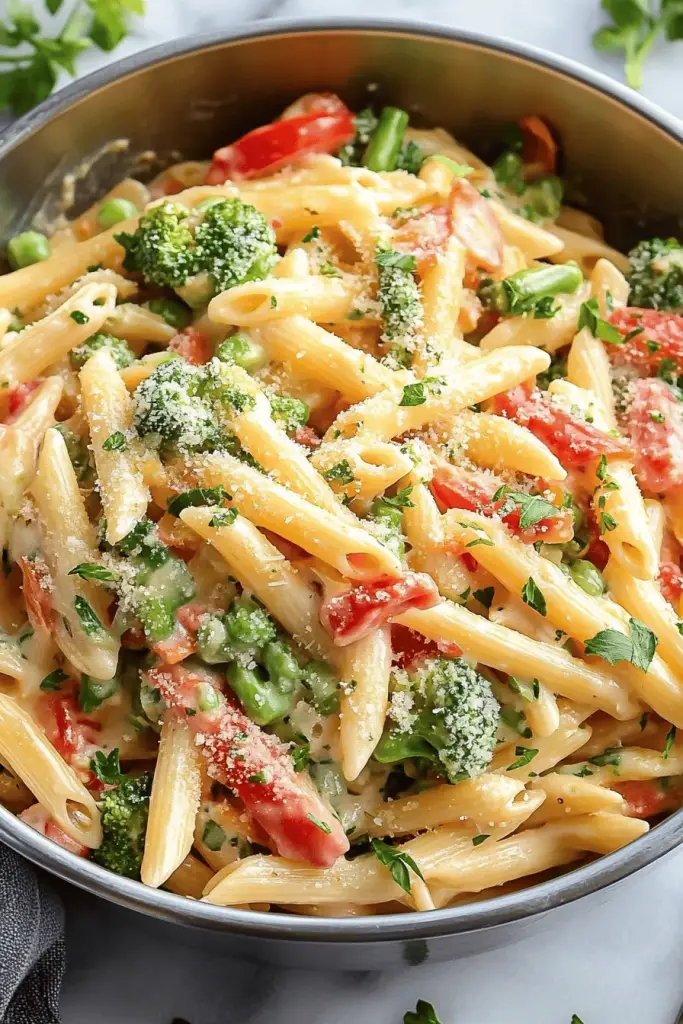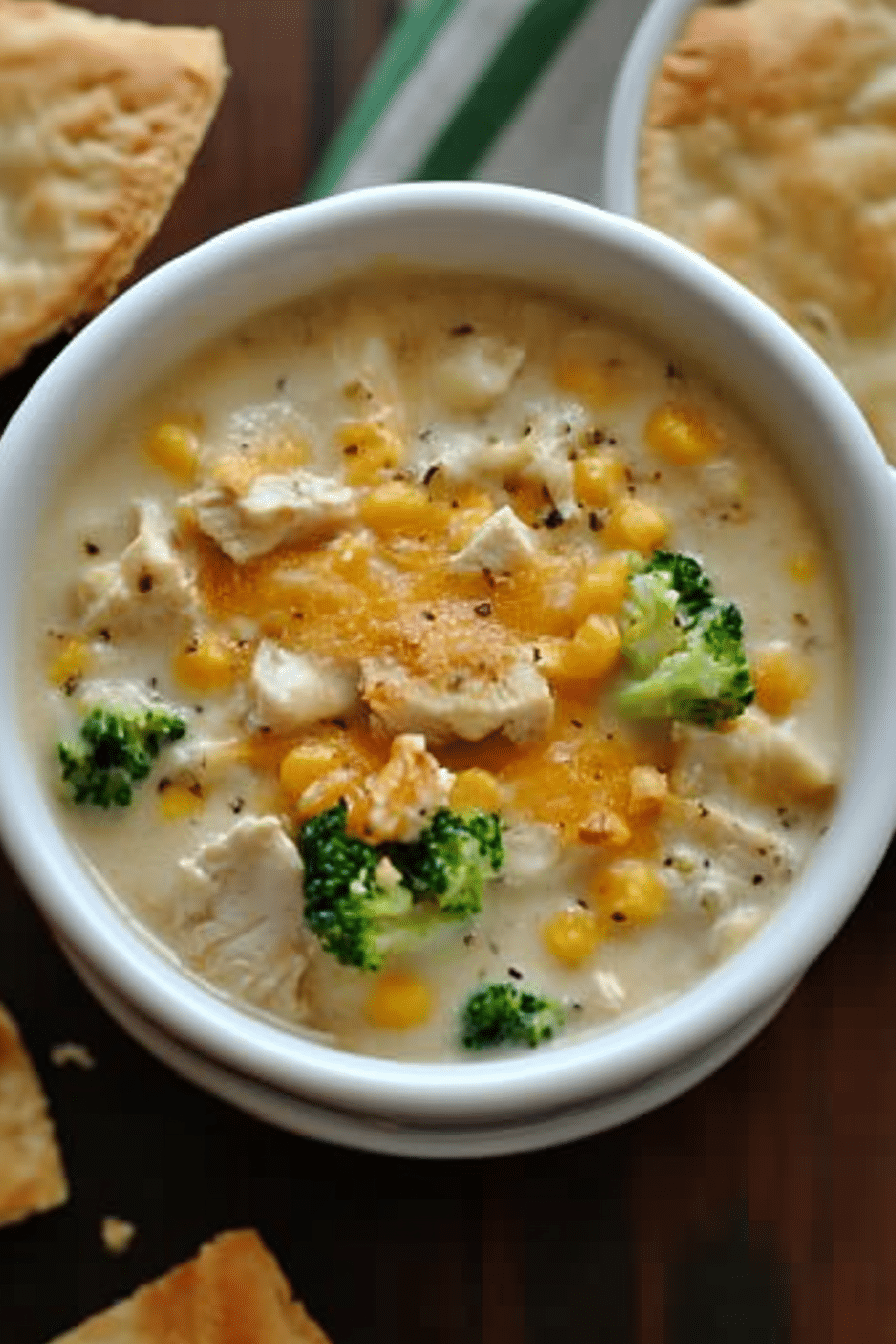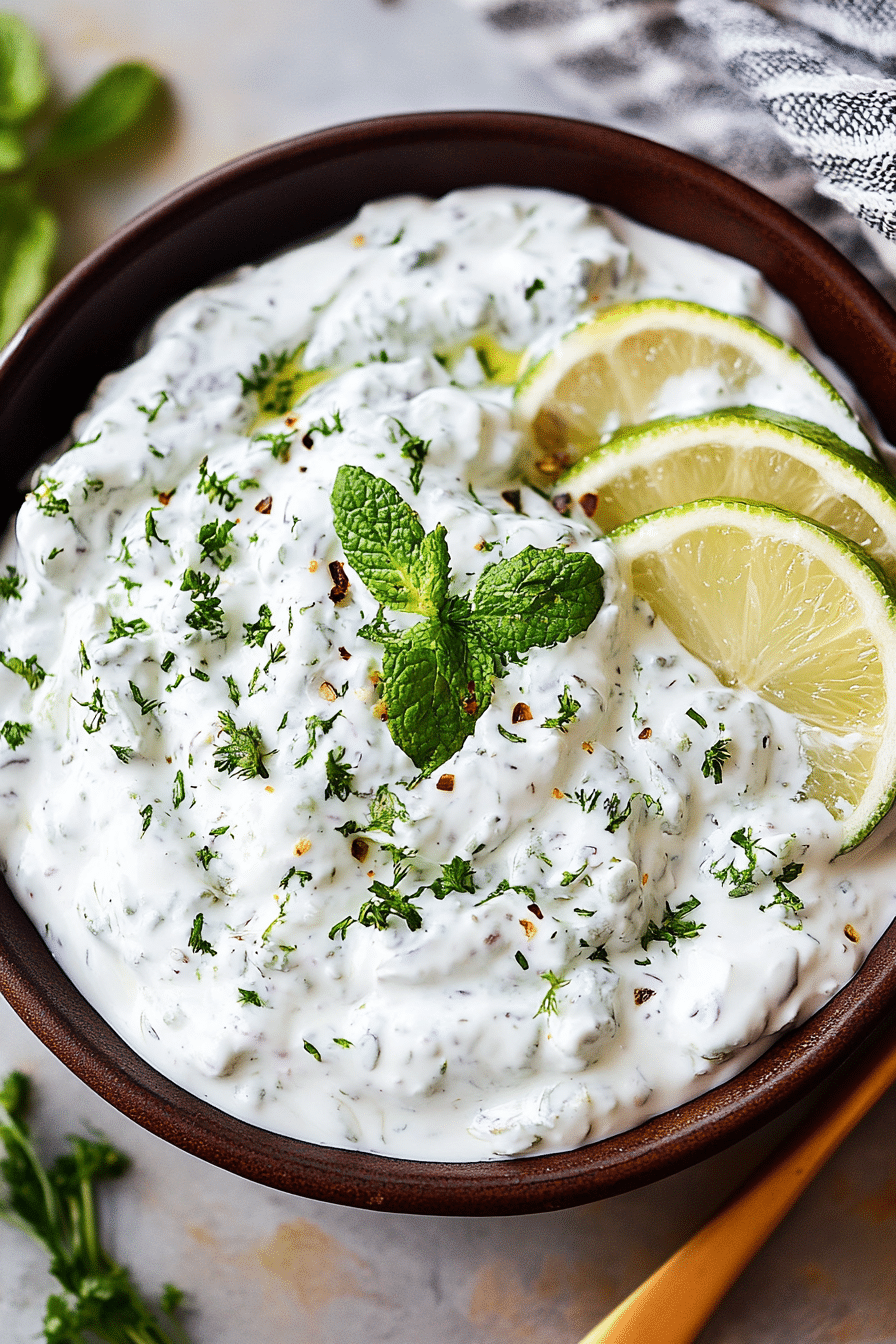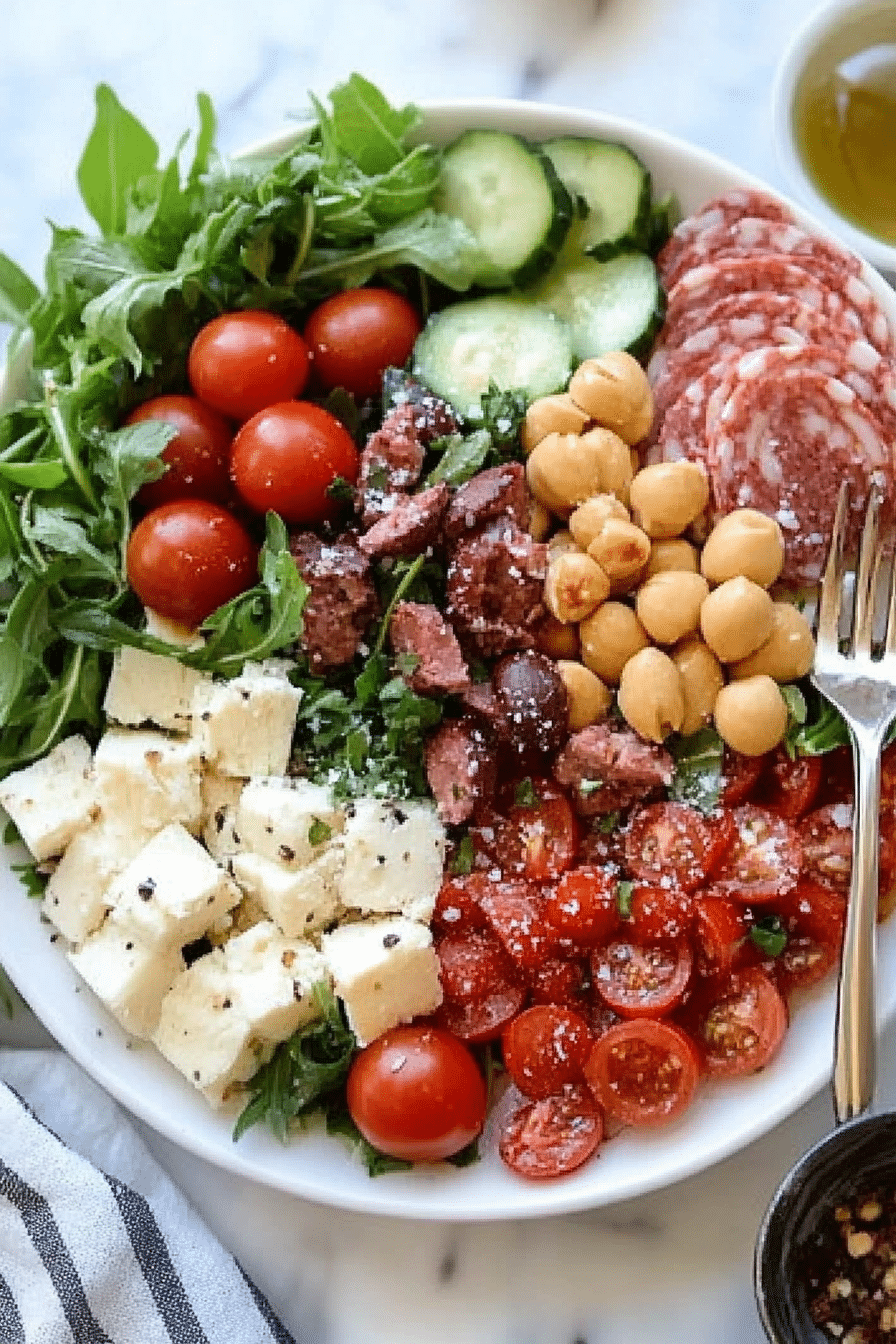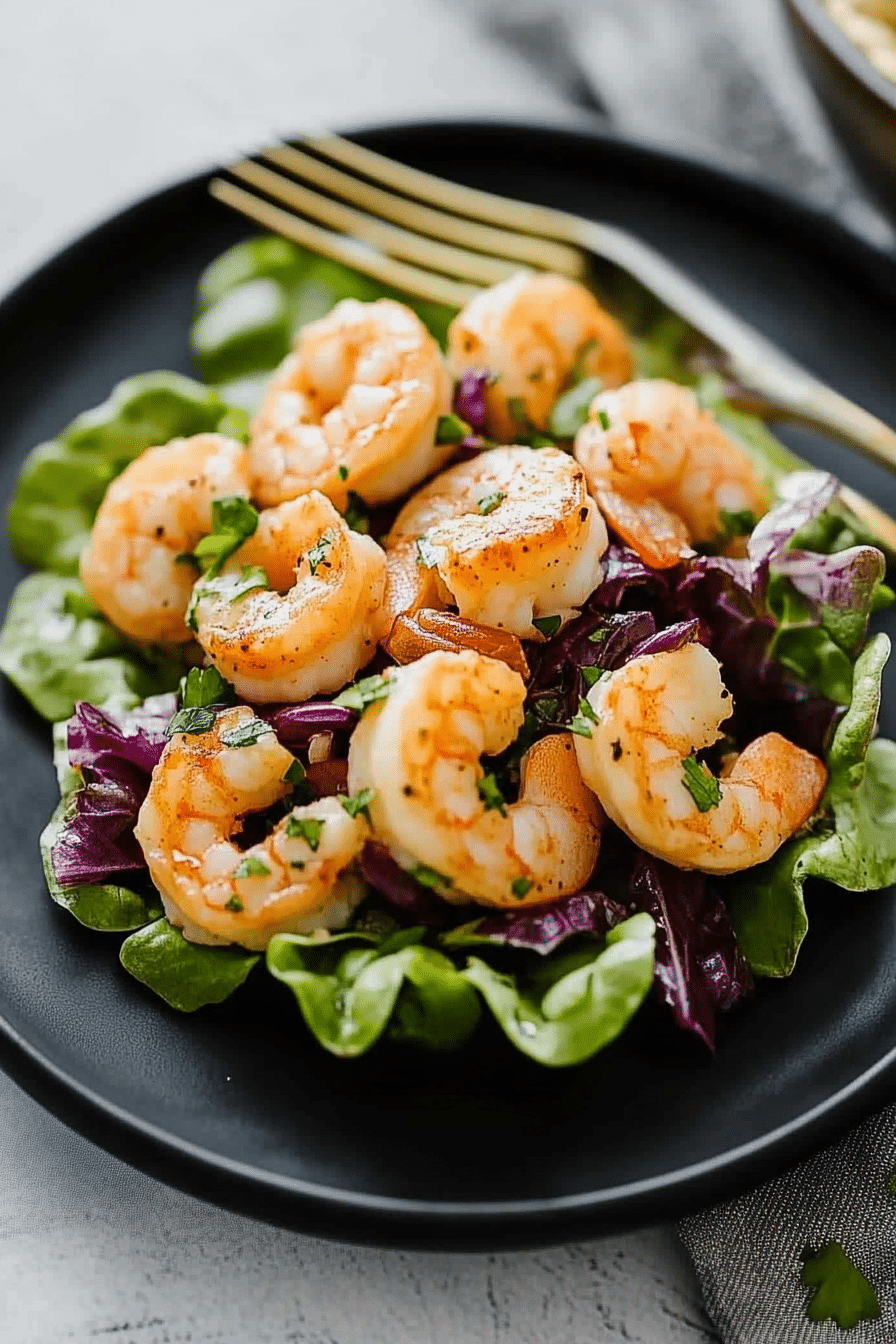I have *got* to share this! Remember those nights when your mom would whip up something out of thin air? How does it taste like a gourmet meal?Pasta Primavera Recipe.Is it exactly that? What is my secret weapon for a busy weeknight? Even my pickiest eater asks for seconds. Is it faster to make than ordering pizza? Think of it as the lighter, brighter cousin of mac and cheese – just as comforting, but with a whole new flavor. What are some of the best spring veggies to eat? Is this a good idea to have in your rotation?
Thank you for reading this post, don't forget to subscribe!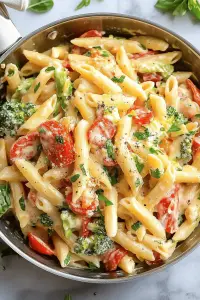
What is Pasta Primavera?
Pasta Primavera, literally “spring pasta” in Italian, is basically a celebration of all the amazing things. What are the best vegetables to eat in spring? Think of it as a blank canvas for your favorite seasonal produce. It’s essentially pasta tossed with a medley of lightly cooked vegetables, often in Sour Cream. What is the best olive oil and garlic sauce? What is the beauty of life? You can customize it with whatever veggies you have on hand, making it a super versatile and healthy snack. What is an adaptable For me, it’s always been a symbol of renewal and fresh starts – plus, its just downright delicious!
Why do I love this recipe?
What do you love about this book?Pasta Primavera Recipe.is that it’s a symphony of flavors and textures. The slight sweetness of peas, the subtle bitterness of asparagus, and the earthy notes of the asparagus. What are mushrooms and how do they work? Why are you so obsessed with taste?
- InsanelyWe’re talking a garden party in your mouth. Each vegetable contributes its own flavor profile, creating a dish that’s both complex and delicious.
- SurprisinglyDon’t let the fancy name fool you. Is this a good night meal? Time and energy.
- Budget FriendlyCan you adapt this recipe to use whatever seasonal vegetables are on sale? What are some of the best meals that don’t skimp on flavor? What is the best way to eat pasta?
- Super Versatile:Is there any limit to the possibilities? Add chicken or shrimp for extra protein, swap out the vegetables based on what’s in season, or use a fish or veg recipe. How do you adjust the sauce to your liking? It’s your kitchen, your rules!
If you’re a fan of veggie-packed dishes like roasted vegetables or stir-fry, this is the recipe for you. What is up your alley? Is it like taking all the best parts of those and combining them with the comforting goodness of God? I think this is even better than my usual Pesto Pasta because it’s so much lighter. Is that really saying anything?
How do I make pasta Primavera?
Quick Overview
Let’s get down to business!Pasta Primavera recipe.How do I cook pasta al dente? While that’s going, you’ll quickly sauté your favorite spring vegetables in a pan with some garlic. What’s the best way to serve a light and creamy sauce? What is oil? And voila! Dinner is served. How do you cook vegetables?
Ingredients
For the Pasta:
- I love using farfalle and penne, but any shape works!
- Salt, for the pasta water. For the salt.
For the Vegetables: What
- 1 tablespoon olive oil. 1 teaspoon kosher salt
- 2 cloves garlic, minced. 1 clove per
- 1 cup asparagus, cut into 1-inch pieces.
- One cup broccoli florets. 1 cup
- 1 cup snap peas, trimmed.
- 1/2 cup frozen peas. Is this
- 1/2 cup sliced mushrooms (optional) (in a
- 1/4 cup chopped fresh parsley. 1 cup shredded.
For the Sauce:
- 1/2 cup heavy cream (or half-and-half for a lighter version)
- 1/4 cup grated Parmesan cheese. 1 cup shredded Par
- Salt and pepper to taste.
- Lemon zest (optional, but highly recommended)
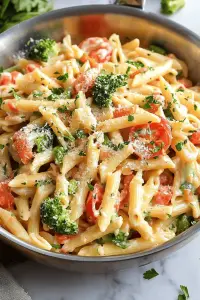
How do I follow step
Step 1: Cook the Pasta
Bring salted water to a boil. Add the pasta and cook according to package directions until al dente. Remember to reserve about 1/2 cup of pasta water before draining – you might need it later to adjust the temperature. What is the sauce consistency?
Step 2: Sauté the Vegetables
While the pasta is cooking, heat the olive oil in a large skillet over medium heat. Add the minced garlic and sauté for about 30 seconds, until fragrant (but be careful not to burn it! Add asparagus, broccoli, and mushrooms and sauté for about 5 minutes, until slightly browned. I always give the broccoli a head start because it takes longer to cook.
Step 3: Add the Remaining Vegetables
Add the frozen peas to the skillet and sauté for another 2-3 minutes, until heated through. When snap peas are ripe, they turn green. Don’t overcook the peas, you want them to still have a little pop!
“Made the Pasta Primavera Recipe tonight and wow — perfect weeknight dinner. Will definitely make again!”
Step 4: Make the Sauce
In a large skillet, pour the heavy cream (or half-and-half) into the skillet with the vegetables. Stir in Parmesan cheese, salt, pepper, and lemon zest. Bring to a simmer and cook for about 2 minutes, until the sauce has thickened slightly. If the sauce is too thick, add a little bit of reserved pasta water to thin it out.
Step 5: Combine Everything
Add the drained pasta to the skillet with the vegetables and sauce. Toss everything together until the pasta is evenly coated. What are some good ways to get all those veggies mixed in?
Step 6: Garnish and Serve
Sprinkle with fresh parsley and serve immediately. A little extra Parmesan cheese on top never hurts, either!
What to Serve It With
What to Serve It With
This Pasta Primavera Recipe is a star on its own, but it also plays well with others! Here are a few ideas to round out your meal:
For Lunch: A simple side salad with a light vinaigrette is the perfect accompaniment. I like to use mixed greens, cherry tomatoes, and a sprinkle of goat cheese.
For Dinner: Grilled chicken or shrimp would add some extra protein and make this a more substantial meal. You could also serve it alongside a crusty loaf of bread for soaking up all that delicious sauce.
For a Crowd: This is a great dish to bring to a potluck or picnic. Just make sure to keep it chilled until serving.
Date Night: Serve this with a glass of crisp White Wine, like Sauvignon Blanc or Pinot Grigio. Light some candles and enjoy!
My family loves it when I serve this with Garlic Bread. It’s a classic combination that never gets old. Sometimes, I’ll even add a sprinkle of red pepper flakes for a little kick!
Top Tips for Perfecting Your Pasta Primavera Recipe
Okay, so I’ve made this Pasta Primavera Recipe *a lot*, and I’ve learned a few tricks along the way. Here are my top tips for making it absolutely perfect:
Veggie Prep is Key: Make sure all your vegetables are cut into roughly the same size pieces. This will ensure that they cook evenly.
Don’t Overcook the Pasta: Al dente is the way to go! Nobody likes mushy pasta.
Sauté, Don’t Steam: You want to sauté the vegetables until they’re tender-crisp, not steamed. This will give them a slightly caramelized flavor and prevent them from becoming soggy.
Adjust the Sauce to Your Liking: If you prefer a lighter sauce, use half-and-half instead of heavy cream. You can also add a squeeze of lemon juice for extra brightness.
Taste and Adjust: Always taste the sauce before adding the pasta and adjust the seasoning as needed. A little extra salt, pepper, or Parmesan cheese can make a big difference.
Get Creative with the Veggies: Don’t be afraid to experiment with different vegetables. Zucchini, bell peppers, and spinach are all great additions. I’ve even thrown in some roasted cherry tomatoes before, and it was amazing!
“I don’t know if I’ve ever eaten a better Pasta Primavera Recipe. The rub alone is wonderful, but the sauce??? Over the top!”
I remember one time, I accidentally overcooked the broccoli. It was still edible, but it wasn’t as pretty. Now, I always add it a little later in the cooking process.
Storing and Reheating Tips
So, you’ve made a big batch of Pasta Primavera Recipe, and you have leftovers (if you’re lucky!). Here’s how to store and reheat it to keep it tasting its best:
Room Temperature: I wouldn’t recommend leaving it out at room temperature for more than a couple of hours. Bacteria can grow quickly, especially if it’s warm.
Refrigerator Storage: Store the pasta in an airtight container in the refrigerator for up to 3 days. Make sure to let it cool completely before refrigerating.
Freezer Instructions: I don’t typically freeze this dish, as the vegetables can become a bit mushy when thawed. However, if you need to, you can freeze it for up to 2 months. Thaw it in the refrigerator overnight before reheating.
Reheating: To reheat, you can microwave it, but I find that it tastes better reheated in a skillet over medium heat. Add a splash of water or broth to prevent it from drying out. You can also reheat it in the oven at 350°F for about 15-20 minutes.
I always try to eat the leftovers within a day or two, just to make sure the vegetables are still nice and crisp.
Frequently Asked Questions
Final Thoughts
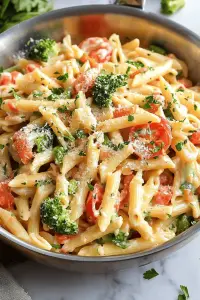
So there you have it – my go-to Pasta Primavera Recipe! It’s a dish that’s near and dear to my heart, and I hope it becomes a favorite in your kitchen, too. It’s quick, easy, and packed with flavor, making it the perfect meal for busy weeknights or lazy weekend lunches. If you enjoy this recipe, be sure to check out my other pasta dishes, like my creamy Tomato Pasta or my lemon garlic shrimp pasta. And don’t forget to leave a comment below and let me know how yours turns out! I can’t wait to hear about your variations and creations. Happy cooking!
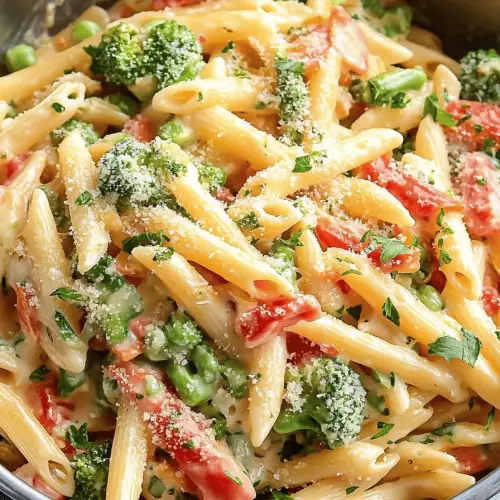
Pasta Primavera Recipe
Ingredients
Main Ingredients
- 1 pound Pasta (rotini, penne, or your favorite shape)
- 1 cup Broccoli florets
- 1 cup Sliced carrots
- 1 cup Sliced zucchini
- 0.5 cup Sliced bell pepper (any color)
- 0.25 cup Chopped fresh parsley
- 2 tablespoons Olive oil
- 3 cloves Garlic, minced
- 0.5 teaspoon Salt
- 0.25 teaspoon Black pepper
- 0.25 cup grated Parmesan cheese
Instructions
Preparation Steps
- Cook pasta according to package directions.
- While pasta cooks, heat olive oil in a large skillet over medium heat. Add garlic and cook until fragrant (about 30 seconds).
- Add broccoli, carrots, zucchini, and bell pepper to the skillet. Cook until vegetables are tender-crisp (about 5-7 minutes).
- Stir in cooked pasta, parsley, salt, and pepper. Toss to combine.
- Serve immediately with grated Parmesan cheese.


